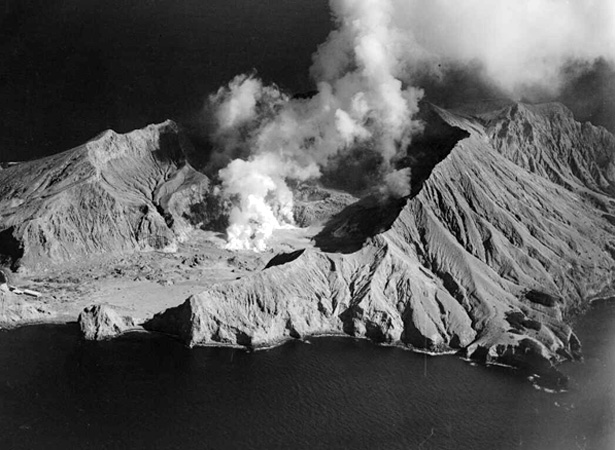
Attempts were first made to mine sulfur on Whakaari (White Island) in the late 19th century. Sulfur was used in the manufacture of sulfuric acid and superphosphate fertiliser.
On 10 September 1914, 10 miners were killed when part of the crater wall collapsed, causing a landslide. The only survivor was the mining company’s cat, Peter the Great.
White Island, in the Bay of Plenty 50 km from Whakatāne and Ōpōtiki, is New Zealand’s most active volcano. Known to Māori as Whakaari (‘to uplift or expose to view’), it is important to the local iwi, Ngāti Awa and Te Whakatōhea.
Sulfur mining on Whakaari White Island recommenced in the late 1920s but proved uneconomic and ceased in the early 1930s. A total of 11,000 tonnes had been obtained. Today the island is a privately owned scenic reserve. Until an eruption in December 2019 killed 22 people on the island, some 10,000 tourists visited Whakaari each year.
How to cite this page
'Eruption on Whakaari (White Island) kills 10 people', URL: https://nzhistory.govt.nz/page/eruption-whakaari-white-island-kills-10-people, (Ministry for Culture and Heritage), updated 25-May-2022

Community contributions